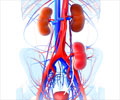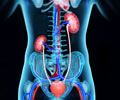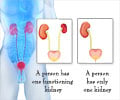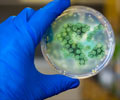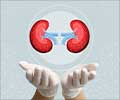What Tests Are Done Before A Renal Transplantation?
Blood group compatibility
Different tests are conducted for the donor and the recipient, to ensure a successful transplantation. First of all the donor and recipient’s blood group should be compatible. If not the organs would be rejected. The following table illustrates these compatibilities:
| RECIPIENT BLOOD GROUP | ACCEPTABLE DONOR BLOOD GROUP |
| O | O |
| A | A & O |
| B | B & O |
| AB | A, B, AB & O |
Tissue typing
We are all unique in our own ways and so are our tissues. (Body is made up of trillions of small individual units called cells. A group of cells is called tissue.) The human body has the remarkable power to distinguish what is self and non-self. If by any mechanism our body identifies the new kidney as a foreign body, it will immediately try to destroy it. This phenomenon is called rejection.
However, the tissues of different individuals can sometimes share some or all-common characteristics (these characteristics are called tissue antigens). Although there are many such antigens but for the purpose of transplantation we are mainly concerned with four major antigen called HLA-A, HLA-B, HLA-C, HLA-DR. It is necessary for the donor and tissue type to be matched to ensure a successful transplantation. This process, by which two different tissues are tested for compatibility is called tissue typing.









